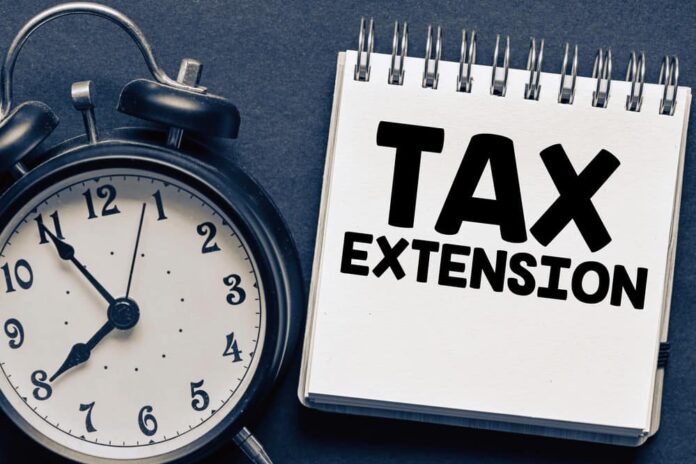When tax season comes around, many of us have difficulty gathering the necessary documents and completing our tax returns on time. Fortunately, the IRS offers an extension of time to file taxes: the IRS Tax Extension Form. This form allows individuals to extend the deadline for filing their taxes from April 15th to October 15th. It’s important to note that this form does not extend the deadline for paying taxes. All taxes are due must still be paid by April 15th.
Benefits of Filing a Tax Extension Form
The primary benefit of filing an IRS Tax Extension Form is that it gives taxpayers an additional six months to complete their tax returns. This can be especially helpful for individuals who are struggling to gather the necessary documents or who need additional time to complete their returns. Additionally, filing an extension form can help to avoid late filing penalties. The IRS may assess a late filing penalty of up to 5% of the unpaid balance per month, up to a maximum of 25%. By filing an extension form, taxpayers are able to avoid this costly penalty.
1. More Time to Gather Documents: One of the biggest benefits of filing an IRS Tax Extension Form is that it will give you more time to gather all of the necessary documents. This can be especially helpful if you’re waiting on paperwork from another party, such as your employer or financial institution.
2. Avoid Penalties and Interest: Another benefit of filing an extension is that it can help you avoid penalties and interest. The IRS will not impose any late fees or penalties if you’ve filed the extension form before the April 15 deadline. Additionally, if you owe money to the IRS, you won’t be charged any interest until the extended due date.
3. Reduce Stress: Filing an extension can also help reduce the stress of tax season. It can give you more time to properly prepare your return and make sure that all of the information is accurate. This can help you avoid making costly mistakes that could result in an audit or penalties.
4. More Time to Pay: Finally, filing an extension can also give you more time to pay any taxes that you owe. If you’re unable to pay the full amount of taxes due by the April 15 deadline, you can still file the extension form to give yourself more time to make a payment plan or gather the funds.
Steps to Fill Out and Submit an IRS Tax Extension Form
Filing an IRS Tax Extension Form is relatively simple. Here are the steps to follow:
Step 1: Gather all the necessary documents. This includes your Social Security Number (or Employer Identification Number) and estimated tax payment.
Step 2: Obtain the IRS Tax Extension Form (Form 4868). This form can be found on the IRS website or at a local IRS office.
Step 3: Fill out the form. The form requires basic information, such as your name, address, and Social Security Number. Once you’ve filled out the form, you can submit it electronically or by mail.
Step 4: Submit the form. If you’re submitting the form by mail, you should send it to the appropriate address listed on the form. If you’re submitting the form electronically, you must do so by the April 15th deadline.
Step 5: Receive confirmation. Once your extension form is processed, you will receive a confirmation notice from the IRS. This notice will include the new filing deadline.
Filing an IRS Tax Extension Form can provide taxpayers with additional time to complete their tax returns. It’s important to note, however, that the form does not extend the deadline for paying taxes. All taxes due must still be paid by April 15th. By following the steps outlined above, taxpayers can easily file an extension form and avoid late filing penalties.
Important Considerations
When filing an IRS tax extension, taxpayers should be aware of a few important considerations.
Tax Liability: As previously mentioned, filing an IRS tax extension does not exempt taxpayers from any tax liability they may owe. The form simply provides taxpayers with additional time to file their return. Taxpayers should always make their best effort to estimate their tax liability when completing Form 4868.
Payment: If taxpayers owe taxes, they must pay the estimated amount by the original filing deadline. This payment can be done through the online filing process or by including a check with the paper form. If taxpayers do not pay their estimated tax liability by the April 15th deadline, they may be subject to penalties and interest.
Conclusion
Filing an IRS tax extension is a simple and straightforward process that can help provide taxpayers with additional time to file their returns. However, taxpayers should always make sure that they are aware of their tax liability and make any necessary payments before the April 15th deadline.
Write and Win: Participate in Creative writing Contest & International Essay Contest and win fabulous prizes.













